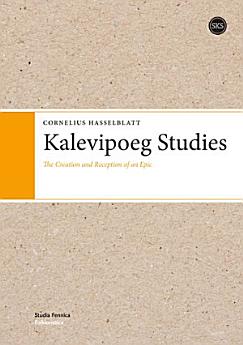Kalevipoeg Studies: The Creation and Reception of an Epic
About this ebook
The third chapter scrutinizes the emergence of the text in more detail and, in its second part, takes a closer look at the many intertextual connections and the traces the epic material has left in Estonian literature up to the present time. The fourth chapter is a detailed case study of one debated passage of the fifteenth tale.
The fifth and the six chapters deal with the German reception of the epic, which partly took place earlier than the reception in Estonia. In the fifth chapter, the first reviews and an early treatise by the German scholar Wilhelm Schott (1863) are discussed. The sixth chapter presents the new genre of ‘rewritings’ of the epic – texts which cannot be labelled as translations but are rather new creations on the basis of Kreutzwald’s text.
In the seventh chapter several versions of these retellings and adaptations are compared in order to show the stability of some core material conveyed by various authors. A concluding chapter stresses the significance of foreign reception in the canonization process of the Kalevipoeg. At the end, a comprehensive bibliography and an index are added.
About the author
University of Groningen, NL








